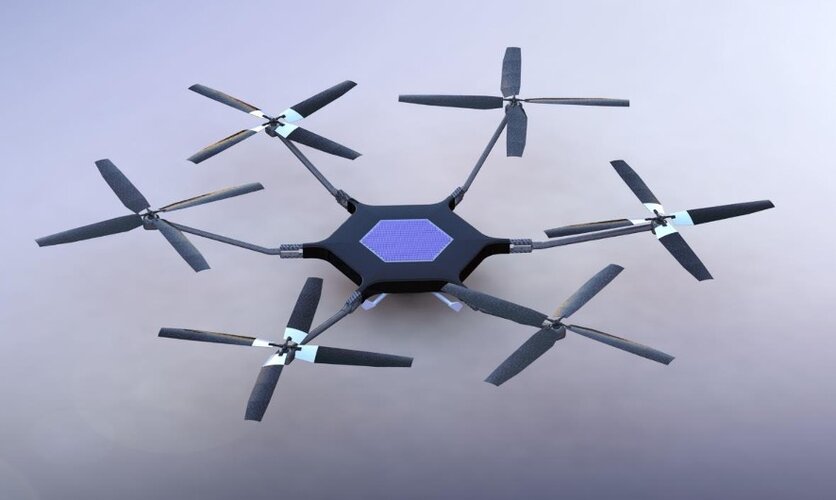- Joined
- 21 January 2015
- Messages
- 10,736
- Reaction score
- 12,435
A new study has uncovered a mechanism that could solve a long-standing mystery about decaying planetary orbits around stars like our Sun.
Related paper:
A new study has uncovered a mechanism that could solve a long-standing mystery about decaying planetary orbits around stars like our Sun.

Planetary scientists at the University of Colorado Boulder have discovered how Venus, Earth’s scalding and uninhabitable neighbor, became so dry.
The new study fills in a big gap in what the researchers call “the water story on Venus.” Using computer simulations, the team found that hydrogen atoms in the planet’s atmosphere go whizzing into space through a process known as “dissociative recombination”—causing Venus to lose roughly twice as much water every day compared to previous estimates.
In a recent publication, the experts offer a new explanation for this behavior. They propose that a “natal kick” – a displacement during formation due to asymmetric mass loss observed in white dwarfs – might be responsible for the dynamics that lead to these celestial bodies consuming nearby planetesimals.
The team’s computer simulations showed that in 80% of scenarios, this kick resulted in the elongation and alignment of the orbits of comets and asteroids within 30 to 240 astronomical units of the white dwarf. Remarkably, about 40% of the consumed planetesimals originated from retrograde, or counter-rotating, orbits.

Researchers using NASA’s James Webb Space Telescope may have detected atmospheric gases surrounding 55 Cancri e, a hot rocky exoplanet 41 light-years from Earth. This is the best evidence to date for the existence of any rocky planet atmosphere outside our solar system.
Renyu Hu from NASA’s Jet Propulsion Laboratory (JPL) in Pasadena, California, is lead author on a paper published today in Nature. “Webb is pushing the frontiers of exoplanet characterization to rocky planets,” Hu said. “It is truly enabling a new type of science.”
The team thinks that the gases blanketing 55 Cancri e would be bubbling out from the interior, rather than being present ever since the planet formed. “The primary atmosphere would be long gone because of the high temperature and intense radiation from the star,” said Bello-Arufe. “This would be a secondary atmosphere that is continuously replenished by the magma ocean. Magma is not just crystals and liquid rock; there’s a lot of dissolved gas in it, too.”

As the article says absolutely no chance of life as rocky is a poor choice of words as the surface is probably a molten sea of magma.If true Flyaway this will quite possibly be the discovery of the century so far. Next step try to find out if 55 Cancri e has any prospects of alien life on the surface and to see how much Oxygen and Nitrogen the atmosphere has.



That settles it.The system sounds like a music box if you run the video.

Six planets in resonance in the constellation 'Coma Berenices'
Most people associate octaves, fifths and fourths with harmonic sounds whose frequencies are in a well-defined, whole-number ratio – 2:1 for the octave, 3:2 for the fifth and 4:3 for the fourth.www.dlr.de
